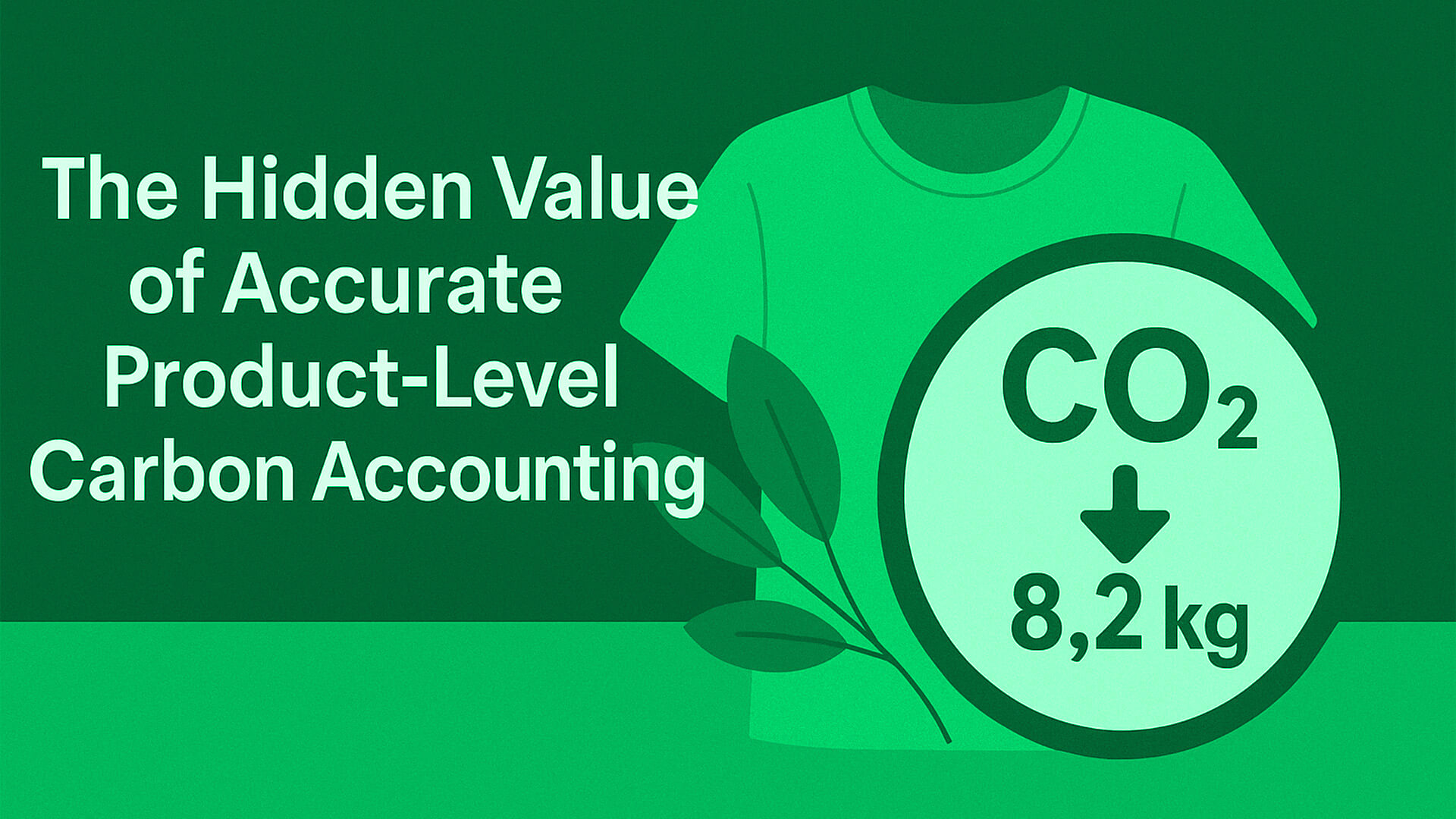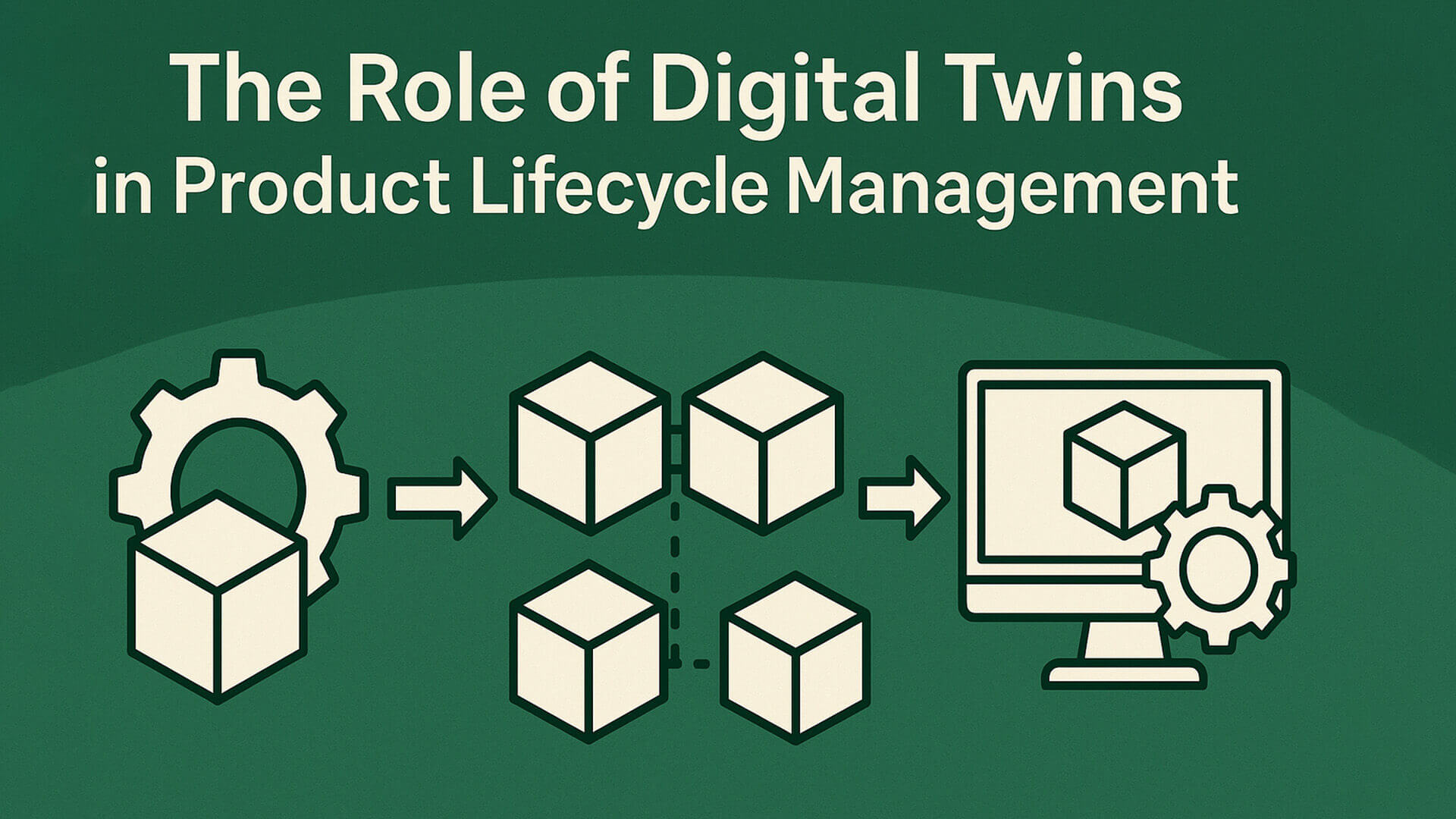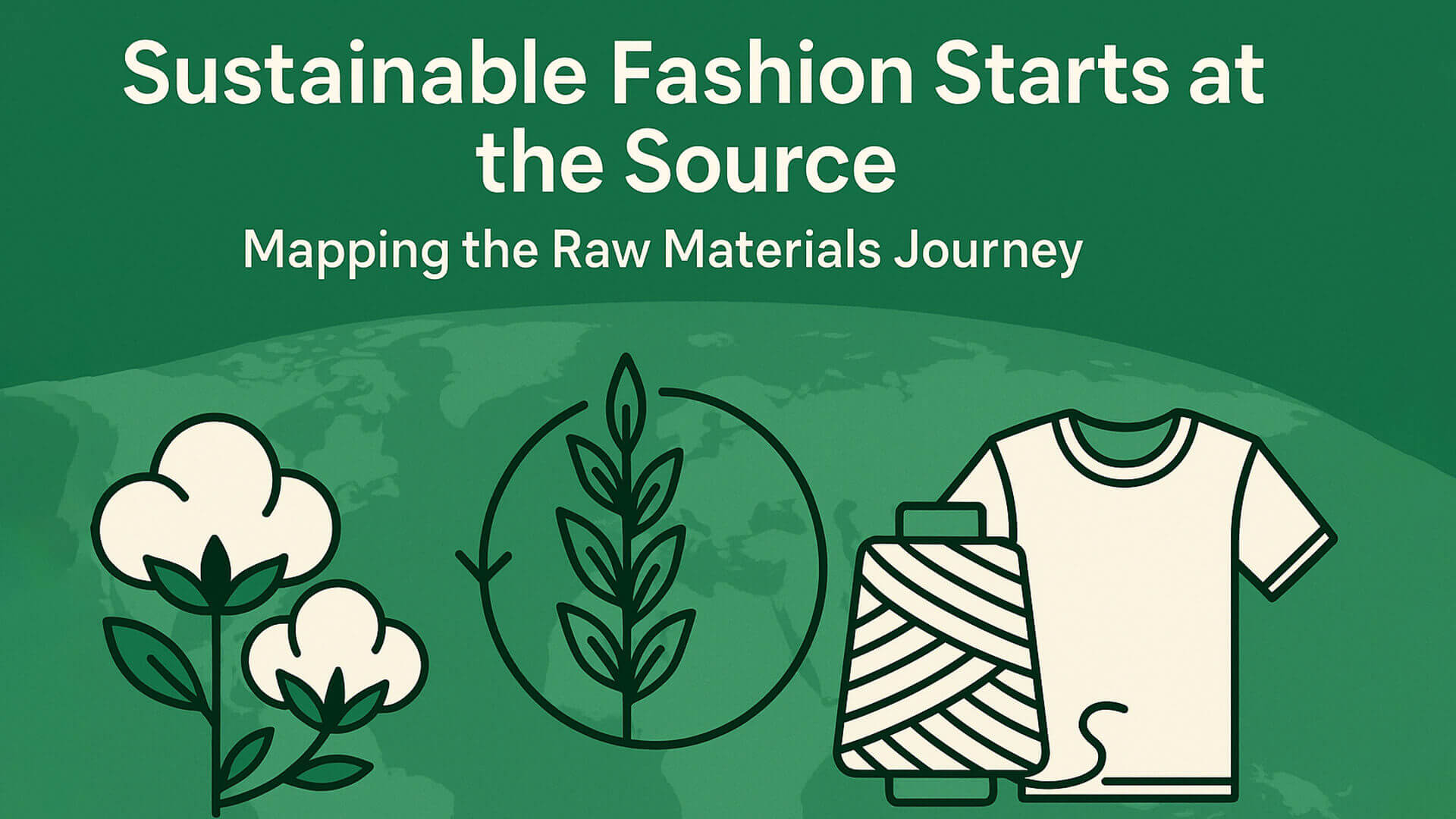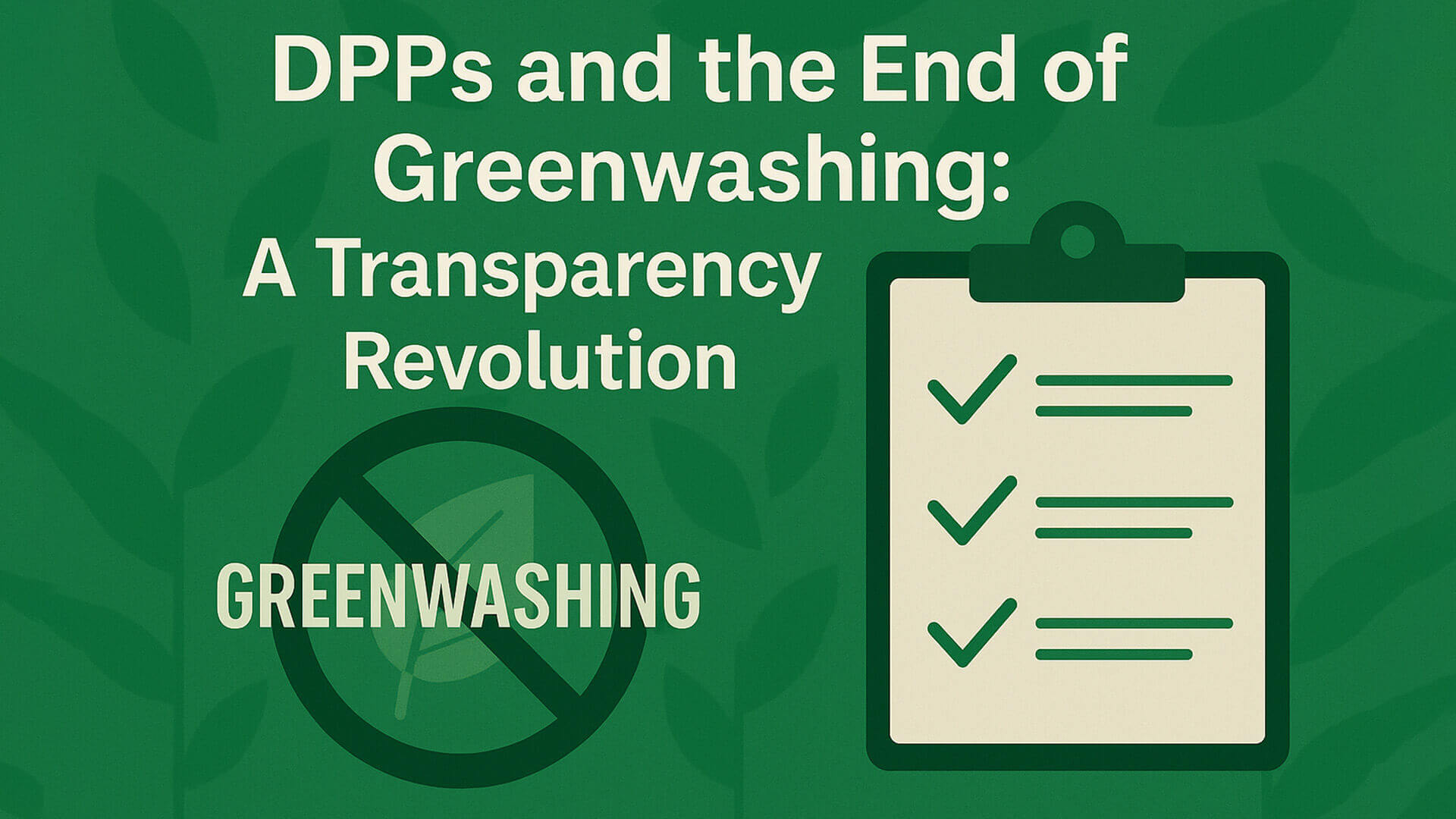- info@greenthreadsdpp.com
- Southampton, United Kingdom
The Hidden Value of Accurate Product-Level Carbon Accounting

Introduction: Beyond the Carbon Buzzwords
In recent years, the fashion industry has been flooded with terms like “net zero,” “carbon neutral,” and “climate positive.” While these buzzwords dominate headlines and sustainability reports, the actual methods behind the claims often remain vague. Many fashion brands continue to rely on company-level estimates or generic industry averages to communicate their carbon footprint. But this is rapidly becoming unsustainable.
Consumers are increasingly demanding evidence. They want to know the real impact of the clothes they wear, not vague corporate averages, but accurate, product-specific data. At the same time, regulators across Europe and beyond are introducing rules that will soon require brands to prove their environmental claims down to the item level.
This is where product-level carbon accounting comes in. Unlike top-down estimates, this approach measures the specific greenhouse gas (GHG) emissions of individual garments, from raw material extraction to production, transportation, use, and end-of-life.
The shift toward precision is not just about compliance. It’s also about credibility. Brands that adopt product-level carbon tracking gain visibility over their supply chains, reduce risk, and create new ways to engage environmentally conscious consumers.
In short, the future of sustainable fashion belongs to those who can move beyond carbon buzzwords and show the numbers to back them up. It’s not enough to say a collection is “low impact.” Today’s consumers and regulators expect brands to prove it by product by product.
What Is Product-Level Carbon Accounting?
Product-level carbon accounting is the process of measuring the greenhouse gas (GHG) emissions associated with the entire life cycle of a single product, from raw material extraction to its end-of-life. This method goes beyond generic company-level metrics and dives into the specific environmental impact of individual garments, often expressed in kilograms of CO₂ equivalent (CO₂e).
The process typically involves Life Cycle Assessment (LCA), a science-based methodology that evaluates emissions across each stage of the product’s journey:
-
Raw material sourcing (e.g. growing cotton or producing polyester)
-
Processing (e.g. dyeing, weaving, knitting)
-
Manufacturing (e.g. cutting, stitching, packaging)
-
Distribution (e.g. warehousing and transportation)
-
Product use (e.g. washing and drying by the consumer)
-
End-of-life (e.g. landfill, recycling, resale)
Unlike Scope 1 and 2 emissions, which focus on a company’s direct and indirect energy use, product-level accounting mostly falls under Scope 3, the hardest to track and most often overlooked. Yet Scope 3 typically makes up more than 90% of a fashion brand’s total emissions.
By breaking down emissions at the product level, brands gain deeper insights into which fibres, finishes, factories, or processes contribute most to their carbon footprint. This precision enables better decision-making, not just in sustainability reporting, but in sourcing, design, pricing, and marketing.
In essence, product-level carbon accounting transforms environmental responsibility from a broad corporate claim into a detailed, actionable, and measurable strategy.
Why Accurate Data at the Product Level Matters
In today’s fashion industry, accuracy isn’t just about getting the numbers right, it’s about building trust, meeting regulations, and making better business decisions. Product-level carbon data gives brands a precise understanding of where their emissions come from, allowing them to reduce impact where it matters most.
Generic averages, such as estimating the carbon footprint of all T-shirts or trousers, ignore the huge differences between materials, production methods, and suppliers. For example, two similar-looking cotton shirts could have vastly different footprints depending on whether they’re made with organic cotton, dyed using low-impact techniques, or shipped via air freight.
With accurate, item-level data, brands can:
-
Empower sustainable design by choosing lower-impact materials and finishes
-
Benchmark suppliers and factories on emissions performance
-
Communicate transparently with consumers who want proof, not promises
-
Prepare for regulations like the EU Digital Product Passport and France’s Anti-Waste Law
-
Support product-level pricing strategies based on environmental cost
A growing number of consumers, particularly Gen Z, expect this level of detail. According to a 2023 survey by Fashion Revolution, 75% of shoppers want brands to disclose the environmental impact of their products.
By investing in accurate carbon tracking, fashion brands position themselves not only as responsible actors but as innovators. When carbon data becomes part of product identity, like price, size, or care instructions, sustainability becomes real, relatable, and reportable.
The Hidden Value: Strategic and Financial Benefits
Accurate product-level carbon accounting isn't just an environmental win, it’s a strategic and financial opportunity. As carbon becomes a defining metric in global business, forward-thinking fashion brands are using this data to streamline operations, reduce costs, and unlock long-term value.
First, carbon data helps brands make better supply chain decisions. For instance, if analysis reveals that air-freighting garments from a particular region consistently spikes emissions, shifting to regional suppliers or slower shipping methods can lower both carbon and logistics costs.
Second, understanding carbon intensity enables brands to assess the environmental cost of each SKU. This supports internal carbon pricing, which helps teams factor emissions into their budgeting and product planning. Allbirds, for example, includes the carbon footprint of every product on its website and uses internal benchmarks to guide product development.
Carbon data also informs product portfolio decisions. Brands can use this insight to highlight and promote low-carbon collections while adjusting or redesigning higher-impact items. Patagonia’s carbon tracking tools have enabled them to modify high-performing products to further reduce their environmental footprint.
From a marketing perspective, carbon labelling creates a new type of brand transparency, one that fosters loyalty and appeals to value-driven consumers and in the B2B space, verified product-level data makes brands more attractive to responsible retailers and wholesale buyers.
Ultimately, accurate carbon accounting positions fashion businesses to stay agile, innovative, and compliant in a low-carbon future, all while earning trust and saving money.
Tech Tools Making it Possible
Accurate product-level carbon accounting was once a costly, manual process limited to large corporations with in-house sustainability teams. Today, technology has made it faster, more scalable, and accessible to fashion brands of all sizes. A wave of specialised platforms is helping bridge the gap between supply chain data and meaningful emissions insights.
Here are some of the leading tools to enable this shift:
-
Carbonfact: A platform built specifically for apparel brands, Carbonfact automates product-level emissions analysis using purchase order and supply chain data. It simplifies life cycle assessments (LCAs) and helps brands identify their highest-emitting SKUs.
-
Made2Flow: This software gathers real-time environmental data across multiple impact areas, including CO₂e, water use, and land use, from verified suppliers. It’s widely used by European fashion houses to comply with both voluntary and mandatory reporting frameworks.
-
Fairly Made: Trusted by brands like ba&sh and Etam, Fairly Made calculates carbon emissions at the garment level and prepares fashion companies for compliance with France’s “anti-waste” labelling law, which mandates environmental scoring.
-
Green Story: A sustainability storytelling platform that calculates product footprints and transforms them into consumer-facing content. It integrates digital labels, impact visuals, and educational content to boost engagement.
-
Reset Carbon: Known for enterprise-scale solutions in Asia, Reset Carbon works with brands and factories to optimise production processes and reduce upstream emissions.
These tools are not just calculators; they’re enablers of transparency. As regulatory pressure grows and consumers demand verified data, these platforms give brands the visibility and credibility they need to lead in a carbon-conscious market.
PANGAIA Case Study
PANGAIA has emerged as one of the most visible examples of product-level carbon accounting in action. The brand, known for its science-leading innovation and commitment to environmental sustainability, goes beyond marketing slogans to publish the verified carbon footprint of each garment it produces and links this data directly to consumer-facing touchpoints.
On every product page, PANGAIA displays the CO₂e emissions associated with that specific item, calculated using life cycle assessment (LCA) data. For example, a PANGAIA t-shirt made from organic cotton might list a footprint of 2.9 kg CO₂e, along with information on how the figure was determined, including the fibre’s origin, processing methods, and transportation route.
This product-level transparency builds consumer trust, but it also informs internal strategy. The brand uses its carbon data to make better material decisions, identify higher-emission production stages, and select partners with lower-impact manufacturing practices. This approach has allowed PANGAIA to steadily lower the emissions of its core collections over time.
In addition, PANGAIA pairs its carbon tracking with offsetting programmes. It invests in verified reforestation and renewable energy projects to balance the emissions it cannot yet eliminate and provides digital certificates confirming the offsets for each product.
PANGAIA’s integration of product-level carbon data into its retail, design, and marketing strategy has earned its recognition as a sustainability leader. It proves that carbon accounting, when used intelligently, not only boosts transparency but enhances brand identity, customer engagement, and long-term environmental performance.
Challenges to Consider
While product-level carbon accounting is gaining momentum, implementing it across a fashion business comes with real-world challenges. For many brands, especially small and mid-sized ones, the process can be complex, resource-intensive, and dependent on external cooperation.
The first major challenge is data collection. To perform a life cycle assessment (LCA) for each product, brands must gather detailed information from suppliers, including energy use, material origins, and transport methods. Yet many suppliers, particularly in lower-tier or informal sectors lack the systems or incentives to track and share this data accurately.
Second, LCA methodologies can vary, which complicates benchmarking. Different providers may use different boundary assumptions (e.g. cradle-to-gate vs. cradle-to-grave), datasets, or emission factors. Without consistent standards, comparing products or communicating results transparently becomes difficult.
There’s also the issue of integration. Carbon data needs to flow across systems from supply chain management and PLM to marketing and e-commerce to be fully useful. For this to happen, brands often need IT upgrades, cross-functional collaboration, and staff training.
Another consideration is cost. High-quality LCAs or subscription fees for carbon-tracking platforms can be expensive. Verification through third-party auditors adds additional costs. Smaller companies may need shared solutions, consortium models, or external funding to make it feasible.
Finally, brands must address consumer communication. Carbon labels are still new and can be confusing. Without proper education and storytelling, raw data risks being ignored or misunderstood. Despite these challenges, the payoff is clear: better decisions, stronger compliance, and deeper consumer trust.
Conclusion: From Numbers to Action
The fashion industry is under growing pressure to reduce its environmental impact, not only from consumers and watchdogs, but from emerging regulations and investor scrutiny. In this landscape, product-level carbon accounting is no longer just a technical exercise. It is a strategic asset.
Brands that understand the carbon footprint of each garment gain an unparalleled advantage: the power to improve design, optimise supply chains, differentiate collections, and tell authentic sustainability stories. This is about more than compliance, it’s about competitive edge, innovation, and long-term trust.
The key is to move from passive reporting to active carbon intelligence. When carbon data informs decisions at every level, from fibre sourcing and logistics to marketing and resale, it stops being a burden and becomes a business enabler.
Getting started doesn’t require perfection. Many brands begin with their best-selling products, using platforms like Carbonfact or Made2Flow to model emissions and identify hotspots. Others pilot environmental labels or integrate carbon insights into PLM systems.
The important thing is to start and to be honest. Consumers don’t expect brands to be flawless. They do expect transparency, action, and progress. As carbon regulation expands across the EU, UK, and beyond, early adopters of product-level carbon accounting will be better prepared to comply and thrive. More importantly, they will help reshape fashion into a more intelligent, measurable, and responsible industry, one garment at a time.
Now is the time to stop guessing and start measuring what truly matters. Ready to take the next step in transparent, measurable fashion sustainability?
At Green Threads DPP, we help brands implement product-level carbon accounting and prepare for incoming EU and global regulations. Whether you’re starting with your core collection or building a scalable Digital Product Passport system, our tools and team can support your journey.
References
-
Carbonfact. (2024). Product-Level Emissions Platform for Apparel. https://www.carbonfact.com
-
European Commission. Ecodesign for Sustainable Products Regulation (ESPR). https://environment.ec.europa.eu
-
Fashion Revolution. (2023). Fashion Transparency Index. https://www.fashionrevolution.org
-
Made2Flow. (2023). Impact Transparency for Fashion. https://www.made2flow.com
-
PANGAIA. (2024). Environmental Impact Disclosure. https://thepangaia.com
-
Fairly Made. (2024). Environmental and Social Traceability Tools. https://fairlymade.com
-
Green Story. (2023). Sustainability Impact Data and Visual Tools. https://greenstory.ca
-
Allbirds. (2023). Flight Plan Carbon Reduction Strategy. https://www.allbirds.com
-
Patagonia. (2023). Environmental and Carbon Footprint Reporting. https://www.patagonia.com
-
Reset Carbon. (2023). Decarbonisation Support for Global Brands. https://www.resetcarbon.com





